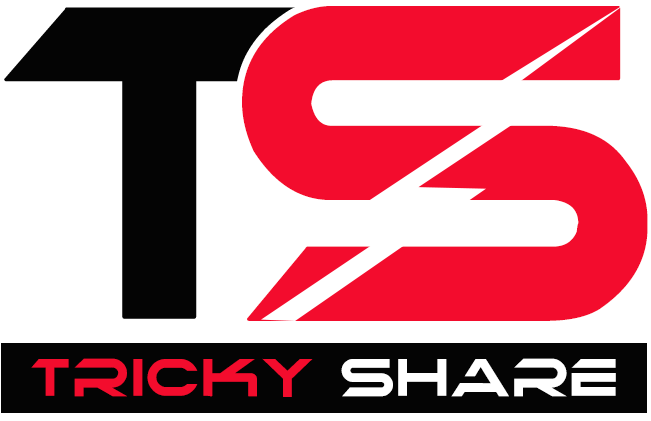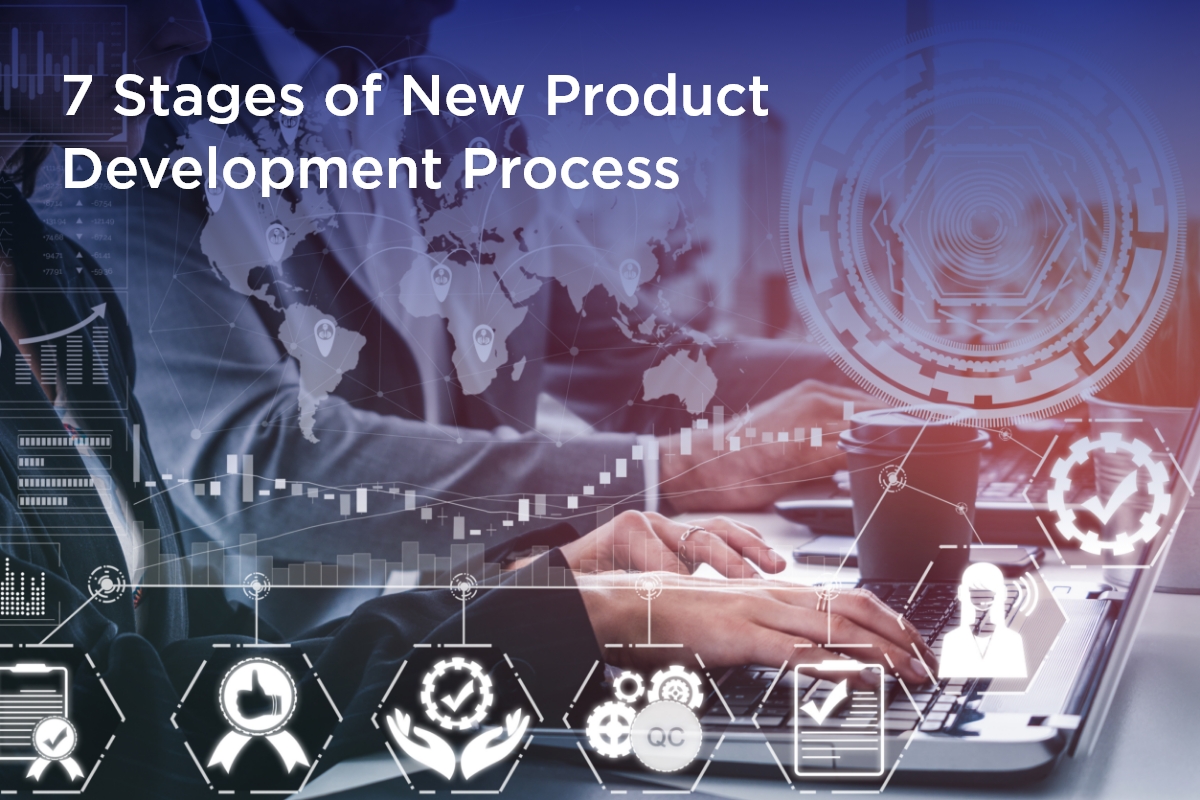Developing a product is both complex and exciting for a business. A lot of things go into developing a new product, and tremendous efforts are put into it. Undoubtedly, all products are different, and so the steps of developing them vary.
From ideation and research to prototyping and deployment, it takes more than what you think. Though, when we talk about product development in general, the steps carried out by each business are more or less the same. Dive into the general steps of getting a product developed, with us.
What is New Product Development?
A product can be physical or software. Today, we will discuss the steps involved in developing a software product. To make things controllable and manageable, we recommend you hire a software product development company. It refers to converting ideas into a software product that works for the end-users.
On the other hand, it is an umbrella term involving six steps of the software development life cycle. The entire approach of a new product development revolves around working on a new idea. A few instances of software product development that were a big hit include, Zoom for video calls, Trello to manage workflow, Figma for the remote working designers, etc.
Let us not get some insights on the steps involved in software product design and development.
7 Stages Of New Product Development Process
You must be mindful when developing a new software product for your business. The entire lifecycle may have uncertainties, and you will have to deal with them. If you follow the steps in the right sequence, you will gain confidence and clarity to get a unique product built.
Stage 1: Idea Generation
The goal in this stage is to develop an idea that will work as the foundation of your new product development strategy. This stage is not about the generation of ideas ready to be implemented. The unproven, raw ideas can be shortlisted as well for further discussion. To come up with a unique idea and concept, you should emphasise the problems your consumers are currently facing.
List down all the problems that you come across and then qualify them. It means you will have to check the feasibility of the solutions for the problems that were listed. When this is done, you can come up with the possible solution, meaning the ones that are possible, and the ones on which you can work.
Based on the problems and the feasible solutions, you can ideate the development of a product that would work great.
Stage 2: Idea Screening
This stage involves choosing the idea that has the potential for the highest success rate. Put all the available ideas, and get them reviewed internally. For this, you will need help from experienced people in the field of idea screening. To check the feasibility of an idea, proof of concept is required. This is because the idea of a product that needs to be built should be feasible technically.
You can also consider SWOT analysis when shortlisting ideas for developing a new product. People working at the upper level in your software product development company’s team will conduct a detailed analysis of the shortlisted idea. They will check that threats and weaknesses are not overpowering the opportunities and strengths.
Stage 3: Concept Development & Testing
Before you start building a new product, you should give your idea a detailed version. This will be the start of the development of your concept and testing as well. It will help you ensure that all potential approach problems are discovered earlier and the course team gets to correct them.
Stage 4: Market Strategy/Business Analysis
When you start developing your product, you will have to think about its marketing as well. You will have to draft a plan to reach out to your target audience. The business analysis conducted during this strategy will help you know if your idea is worth investing in or not. You need to strategize things effectively and make informed decisions by identifying the base price of the products.
Stage 5: Product Development
When you have the idea of a new product development-ready, you are done with drafting the marketing strategy. After the completion of the business analysis, it is now time to get started with the development life cycle. We recommend you start with the product’s prototype and then build its MVP.
The prototype phase focuses on creating the UI/UX of the product, which is then shared with the stakeholders. This will give them an idea of the overall appearance of the product. Then the MVP of the product is developed and launched in the market with minimal features. Hire a software product development company to have a great product built.
Stage 6: Deployment
After the MVP of your product is ready, the development team’s focus shifts from the product’s development to its deployment in the live environment. The deployment phase is divided into different stages to ensure things go as they should. The steps of the deployment phase commit, build alpha deployment, beta deployment, and production deployment.
In the production deployment phase, the developed product is pushed into the live environment and is ready for the end-users to use.
Stage 7: Market Entry/Commercialization
Commercialization involves several steps to ensure your product is a success. Having said that, the different strategies include production, distribution, marketing, sales, and customer support. If all the stated strategies fall in the right phase and as expected, nothing will stop your product from getting the required attention. Furthermore, it will make your software product fit the market just right.
Conclusion
Having the right product development process is the key to ensuring that it gets the required attention in the market. Furthermore, the right process will help you streamline the entire workflow and enhance team collaboration. The stages discussed above are quite helpful in getting the product development through each step seamlessly.

